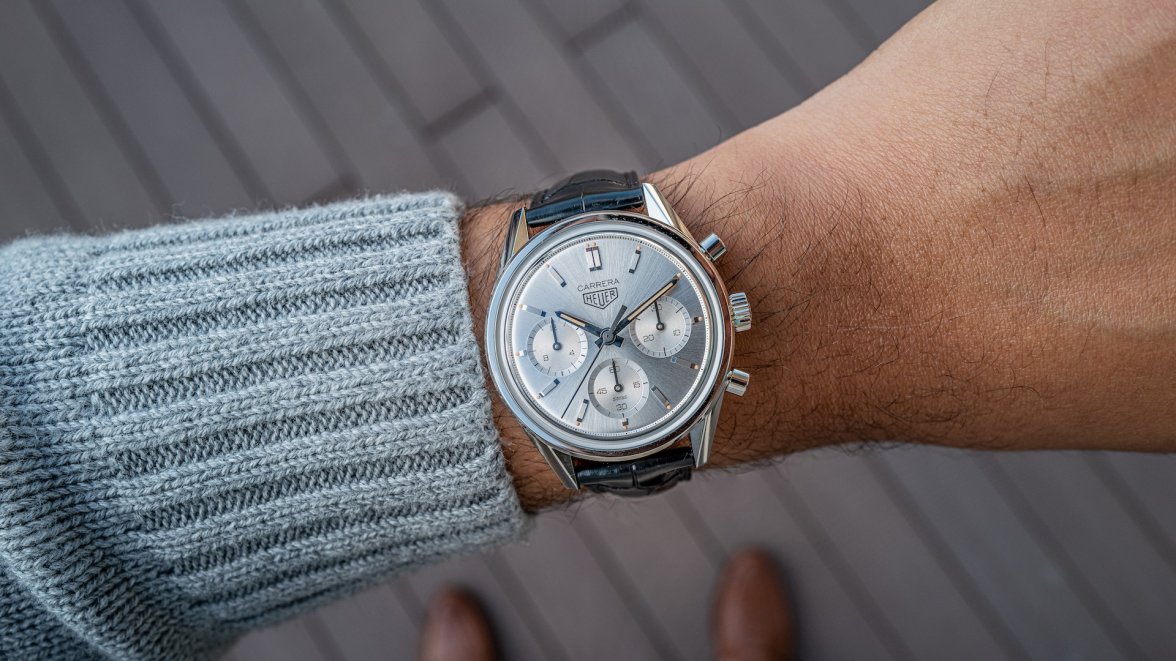Just to expand a bit on the "complexity" discussion with cam and column wheel movements, I have two videos to illustrate the differences. In this first video I took a couple of years ago, I have all the parts mounted to this 321 in order for the column wheel switching to work:
So looking at the parts we have the following:
1 - Pillar wheel (column wheel)
2 - Pillar wheel screw
3 - Operating lever
4 - Operating lever screw
5 - Operating lever hook
6 - Pillar wheel jumper (spring)
7 - Pillar wheel jumper screw
8 - Operating lever spring
9 - Two screw for the operating lever spring
Here is a similar video showing an 1861, again with the minimum parts installed to allow the cam system to function the same as the column wheel does in the video above:
Lets look at the parts required here:
1 - Lower cam
2 - Upper cam
3 - Screw for cam
4 - Cam jumper (spring)
5 - Operating lever
6 - Two operating lever screws
7 - Connecting lever
8 - Operating lever spring
9 - Operating lever yoke
10 - Screw for operating lever yoke
So just on a pure parts count basis, there are actually more parts in this system for the 1861 (11) than there are for the 321 (10). And this doesn't include the screw that holds the cam jumper (spring) in place, because another spring for the hammer goes on top of that before you install the screw, so technically, it's 12 parts for the cam system.
Just some perspective on how these two systems really compare to each other. People often say that Omega changed from the cam to the column wheel to cut costs, but having serviced a lot of each and seen the wear/damage that happens on the column wheel 321's, I would argue they made these changes as much for reliability as for cost savings.
Cheers, Al
